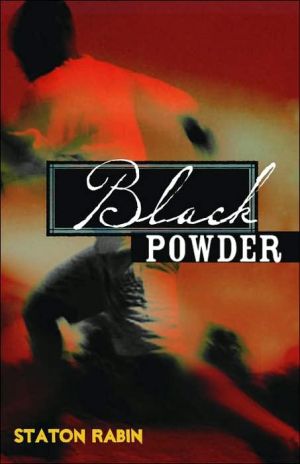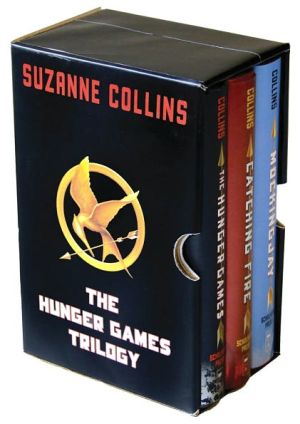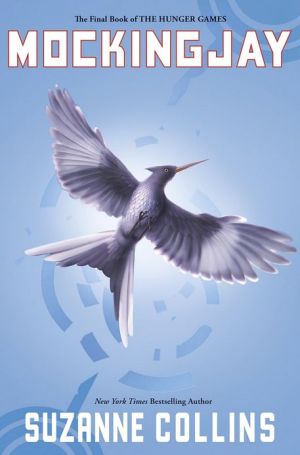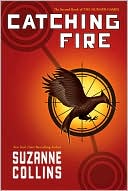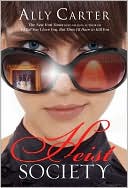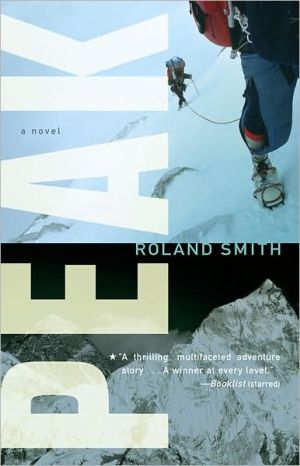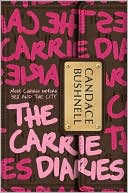Black Powder
South Central\ Los Angeles, 2010\ \ Fourteen-year-old Langston Davis's best friend, Neely, has been shot and killed in a gang fight. Langston wishes that he could turn back the clock. But he knows you can't change history. Or can you?\ When his science teacher invents a century-hopping time machine, Langston knows exactly what he must do: go back in time to stop the invention of gunpowder...which will prevent the invention of guns...which will stop Neely from getting killed.\ Hijacking the...
Search in google:
South CentralLos Angeles, 2010Fourteen-year-old Langston Davis's best friend, Neely, has been shot and killed in a gang fight. Langston wishes that he could turn back the clock. But he knows you can't change history. Or can you?When his science teacher invents a century-hopping time machine, Langston knows exactly what he must do: go back in time to stop the invention of gunpowder...which will prevent the invention of guns...which will stop Neely from getting killed.Hijacking the time machine, Langston leaves a holographic "twin" of himself at home and bounces back to Oxford, England, in 1278, where he's in a race against time to stop the scientific "wizard" Professor Roger Bacon from sharing his new invention — the Western world's first form of gunpowder. When Dr. Bacon is kidnapped by his archenemy, it's up to Langston and his new friend, Niles, to try to rescue him and destroy the formula for gunpowder. But is changing history really saving the world? Or is it just standing in the way of progress? Can Langston accomplish his mission and bring Neely back to life before he gets stuck in the thirteenth century forever? No matter how you look at it, it's going to be one heck of a ride through the dangereous hairpin turns of history and back to the future again!Janis Flint-Ferguson - KLIATTLangston Davis is a 14-year-old geek in 2010 gang-ridden L.A. He is fascinated by science, has his own telescope, and hates what guns have done to the city and to his friend, Neely Neubardt. So when his unusual science teacher, Mrs. Centauri, invites him to her house and introduces him to a once-in-a-lifetime experiment with time travel, Langston is on his way to change history. At least that is his intention. Instead he finds himself in England, where he meets and works with Dr. Roger Bacon, the Franciscan priest credited for formulating the Western version of gunpowder. Rabin takes the reader between the facts of Bacon's early experiments and the results that carry their effect into 2010 and Langston's world. Langston is named for poet Langston Hughes and the theme of holding fast to dreams runs through this time travel adventure. Along with some incredible science, Langston also encounters early attitudes toward Africans, the political intrigue of the Catholic Church, and the sad reality that we cannot change history. Langston also learns something more personal about his father and his father's dreams. Cleverly crafted characters provide humor and humanity to the travels. If readers can suspend their disbelief, they will enjoy the laser-fast ride through time and space. KLIATT Codes: J—Recommended for junior high school students. 2005, Simon and Schuster, McElderry, 256p., Ages 12 to 15.
\ Children's LiteratureWhen Langston Davis's best friend, Neely, is shot by a member of his own gang, Langston feels he should somehow have been able to prevent Neely's death. His deep interest in astronomy and his teacher's amazing home telescope that allows her to send holograms of people into space on a beam of laser light gives him the idea of going back to the thirteenth century to stop Roger Bacon from making gunpowder for use in firearms. Mrs. Centauri tells him he cannot change history, but she has also told him all about the time travel process. When she is away from home, he beams himself back to 1278 as a sentient holograph, leaving his physical and still-functioning body behind. In England, he meets a young Cockney pickpocket, an Orthodox Jewish milkman, and a pretty black slave girl, all of whom help him to find Bacon in Oxford. Although Langston finds very imaginative ways to try to convince the Franciscan scholar to destroy the notes on his experiments, his efforts ultimately fail. Langston's character and motivation are believable and many of the other characters are both funny and appealing. The deliberate distortions of language and the details of Bacon's life could leave readers with very inaccurate impressions. The Cockney language the pickpocket speaks, for instance, appeared centuries later, and Bacon was not a priest. An author's note at the end discusses reasons for linguistic and biographical inaccuracies. It also gives more information about Bacon's life and scientific experiments as well as information about gun violence in America. 2005, Margaret K. McElderry Books/Simon & Schuster Children's, Ages 12 up. \ —Judy DaPolito\ \ \ \ \ KLIATTLangston Davis is a 14-year-old geek in 2010 gang-ridden L.A. He is fascinated by science, has his own telescope, and hates what guns have done to the city and to his friend, Neely Neubardt. So when his unusual science teacher, Mrs. Centauri, invites him to her house and introduces him to a once-in-a-lifetime experiment with time travel, Langston is on his way to change history. At least that is his intention. Instead he finds himself in England, where he meets and works with Dr. Roger Bacon, the Franciscan priest credited for formulating the Western version of gunpowder. Rabin takes the reader between the facts of Bacon's early experiments and the results that carry their effect into 2010 and Langston's world. Langston is named for poet Langston Hughes and the theme of holding fast to dreams runs through this time travel adventure. Along with some incredible science, Langston also encounters early attitudes toward Africans, the political intrigue of the Catholic Church, and the sad reality that we cannot change history. Langston also learns something more personal about his father and his father's dreams. Cleverly crafted characters provide humor and humanity to the travels. If readers can suspend their disbelief, they will enjoy the laser-fast ride through time and space. KLIATT Codes: J—Recommended for junior high school students. 2005, Simon and Schuster, McElderry, 256p., Ages 12 to 15. \ —Janis Flint-Ferguson\ \ \ School Library JournalGr 6-9-In 2010 Los Angeles, brilliant Langston Davis loves to go to his science class, where he studies astronomy. He and Neely Neubart have been best friends forever, and Langston becomes concerned when his pal starts running with a gang and lets his grades fall. Then Neely is gunned down by his own gang, and Langston will go to any measures to get him back. When Mrs. Centauri, his science teacher, shows him the time machine she's invented, the 14-year-old uses it to go back to the 13th century so he can convince Dr. Roger Bacon to destroy his formula for gunpowder, thus preventing Neely's murder. What follows is a touching story of two great scientific minds discovering the humanity behind the ideas. Langston is particularly well-developed as an intelligent, mostly responsible African-American finding his way, reminiscent of Bobby in Angela Johnson's The First Part Last (S & S, 2003). Lots of adventure and strong characterization are only slightly marred by a few far-fetched plot elements that require leaps of faith on the part of readers. The author of the well-received Betsy and the Emperor (S & S, 2004) has once again woven together an inventive plot that will sweep readers along to a satisfying conclusion.-Melissa Moore, Union University Library, Jackson, TN Copyright 2005 Reed Business Information.\ \ \ \ \ Kirkus ReviewsThis perfectly dreadful time-travel fantasy takes a hip black teen from 2010 L.A. back to 13th-century Oxford in an attempt to convince Roger Bacon, the brilliant Franciscan scholar who discovered gunpowder, to destroy his legacy. When Langston's best friend Neely is shot in gang violence, he leaps at the opportunity presented by his conveniently brilliant science teacher to bounce his holographic self off some harmonically converged asteroids back to 1278, where he becomes solid and manages to overcome all cultural and linguistic difficulties such a trip should present. Rabin introduces anachronism after anachronism into her tale, most significantly a willful disregard for the limitations of 13th-century communications and transportation, a technique she excuses in her backmatter "to keep the story moving along." If, however, one key element of a successful time-travel story is the collision of modern and ancient, these compromises seriously undermine the enterprise, sacrificing honest tension for cheap laughs. In concept, promising; in execution, a dismal and intelligence-insulting failure. Kids deserve better, and writers for kids should know this. (historical notes) (Fiction. 12-15)\ \
